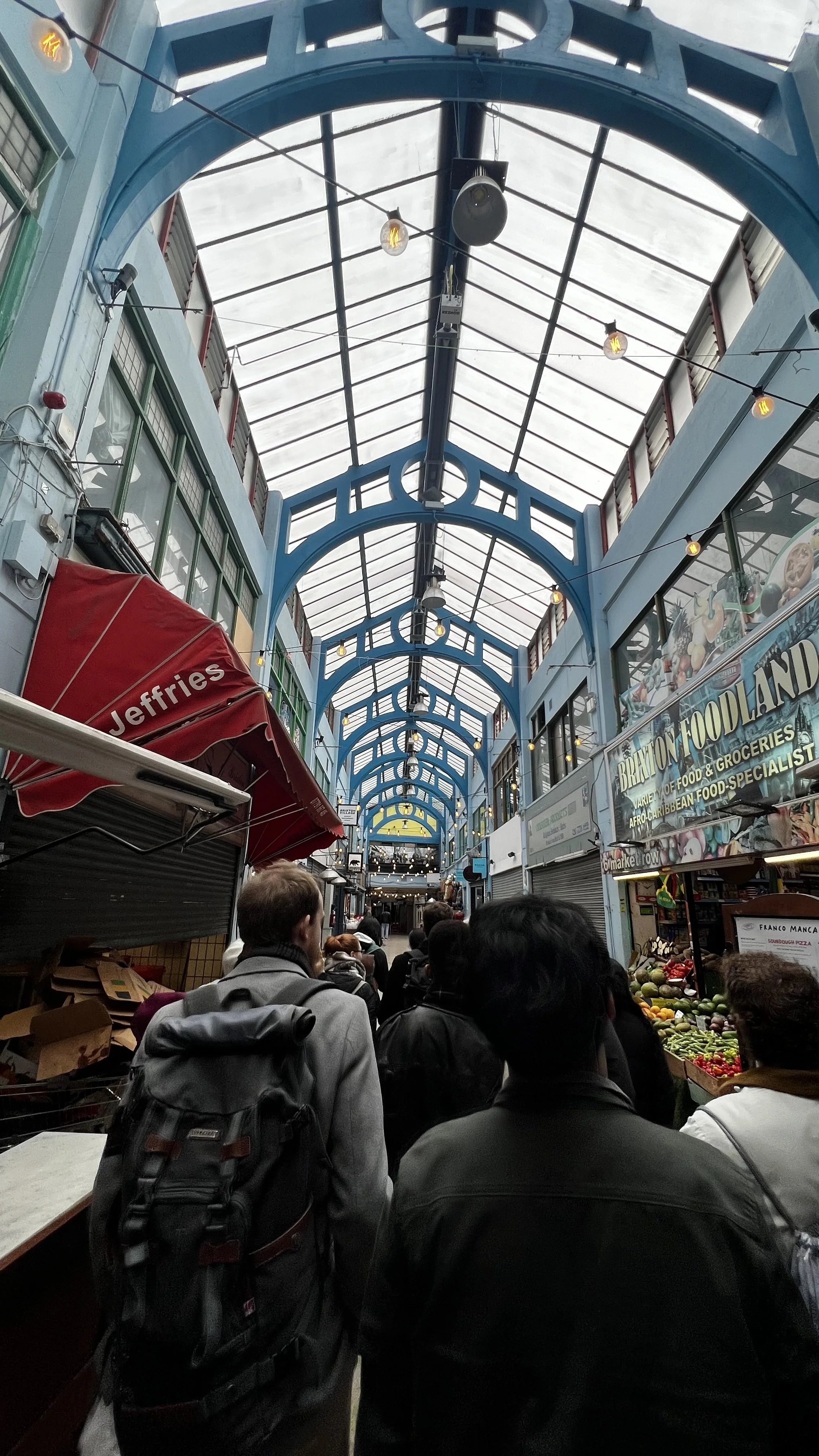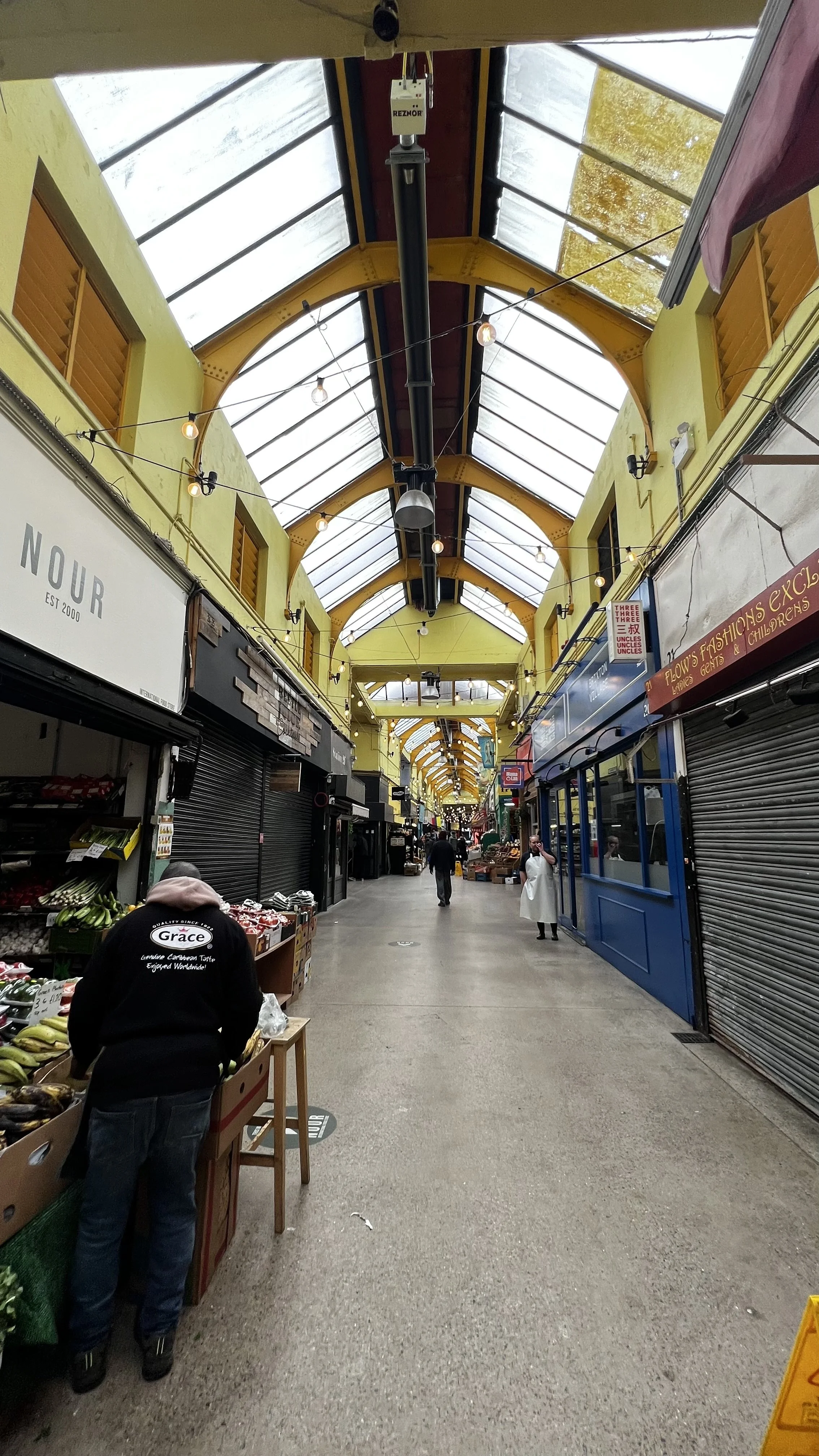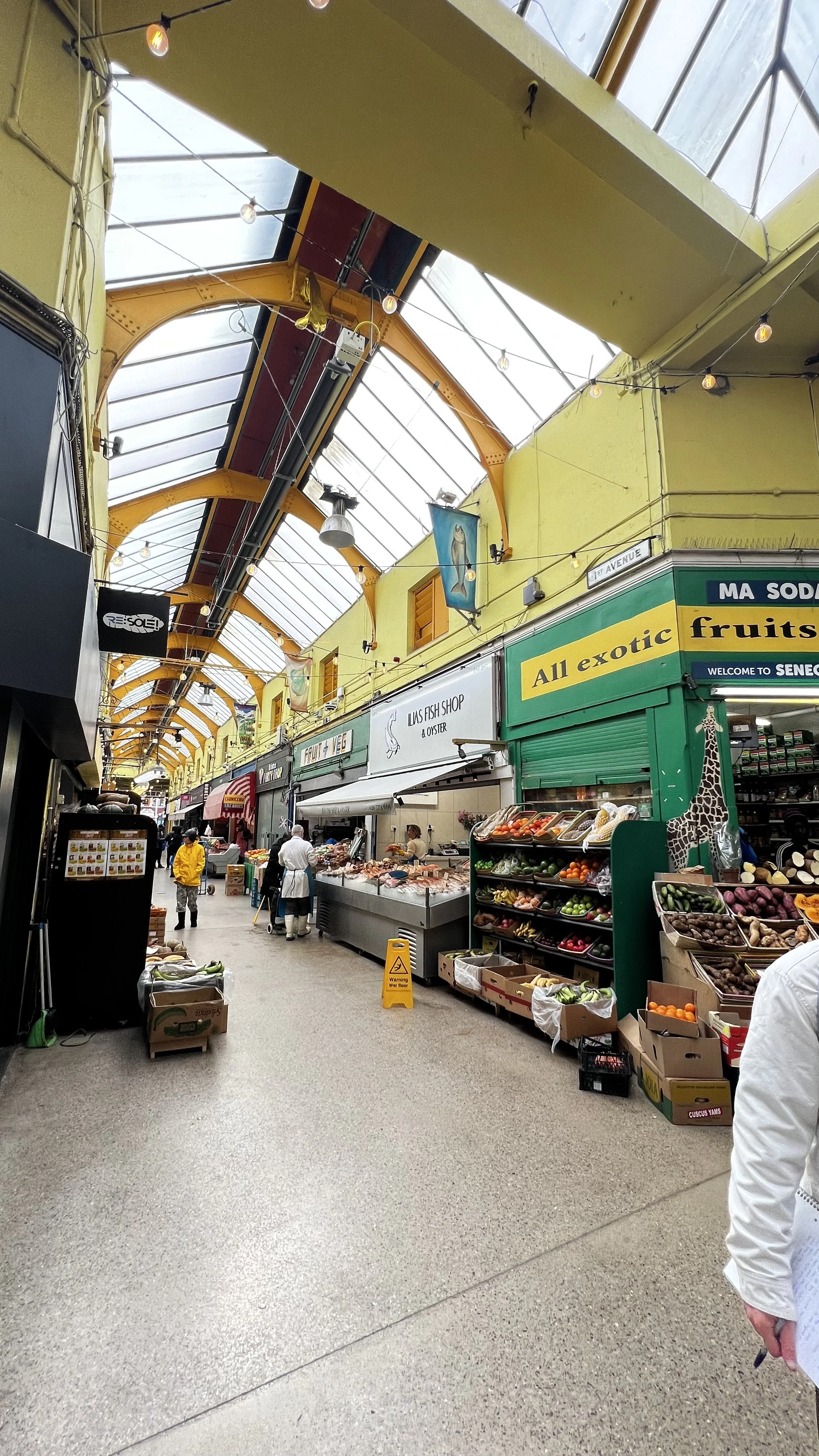The Victorian-era Architecture and Design of Brixton Market: A Reflection of Commerce and Ambition
Brixton Market is a vibrant and diverse market located in the heart of Brixton, a bustling neighborhood in South London. The market consists of a complex of covered arcades, open-air stalls, and independent shops and restaurants, all housed within historic Victorian-era buildings.
The architecture and design of Brixton Market reflect the Victorian era's grandeur and ambition, as well as its emphasis on commerce and trade. The buildings were constructed in the late 19th century, during a time when Britain was experiencing rapid economic growth and expansion. The market was built to serve the needs of the growing population, which was increasingly urbanized and in need of affordable and accessible goods and services.
The Victorian era was marked by a number of architectural styles, including Gothic Revival, Classical Revival, and Renaissance Revival. The architecture of Brixton Market reflects a combination of these styles, with ornate detailing and decorative elements that emphasize the market's importance and prestige.
One of the most notable features of the market is its distinctive ironwork. The buildings are adorned with intricate cast-iron columns, arches, and brackets, which support the market's roofs and provide a sense of grandeur and elegance. This type of ironwork was a hallmark of Victorian architecture and was used extensively in the construction of public buildings and civic spaces.
The market's design also reflects the Victorian era's emphasis on hygiene and sanitation. The market was built with a network of covered walkways and arcades, which protected shoppers and vendors from the elements and helped to keep the market clean and dry. The market also included modern amenities such as gas lighting and paved streets, which were considered essential for the smooth functioning of a modern commercial district.




